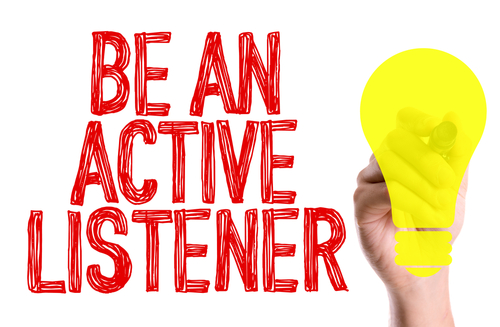3. Constraints to communication
9. Techniques to overcome communication issues

Used under licence with shutterstock.com. Added 20/12/2023
Often the best idea is to take the direct approach to manage situations where conflict may have arisen.The conflict may be with a patient/client or a colleague and the same principles apply.
Active listening techniques
It is best to talk directly to the person who you are in conflict with. Don't worry about others and what they think about the situation. Find a location that affords confidentiality and is free from distractions. Use I-statements by stating your perspective, and it is important that you use reflective and paraphrasing statements to show you are listening and to help you understand the other person's perspective.
I-statements are often used with the intent to be assertive without putting the listener on the defensive. It is better to begin a difficult conversation with an I-statement which implies you are respectfully asserting your feelings, beliefs and values, rather than using a you-message which can be viewed as an attack on the other person. For example, 'I feel that ....', or 'I believe that ....', rather than 'You didn't ...' or 'You haven't ...'.
Source: I-message, Wikipedia.